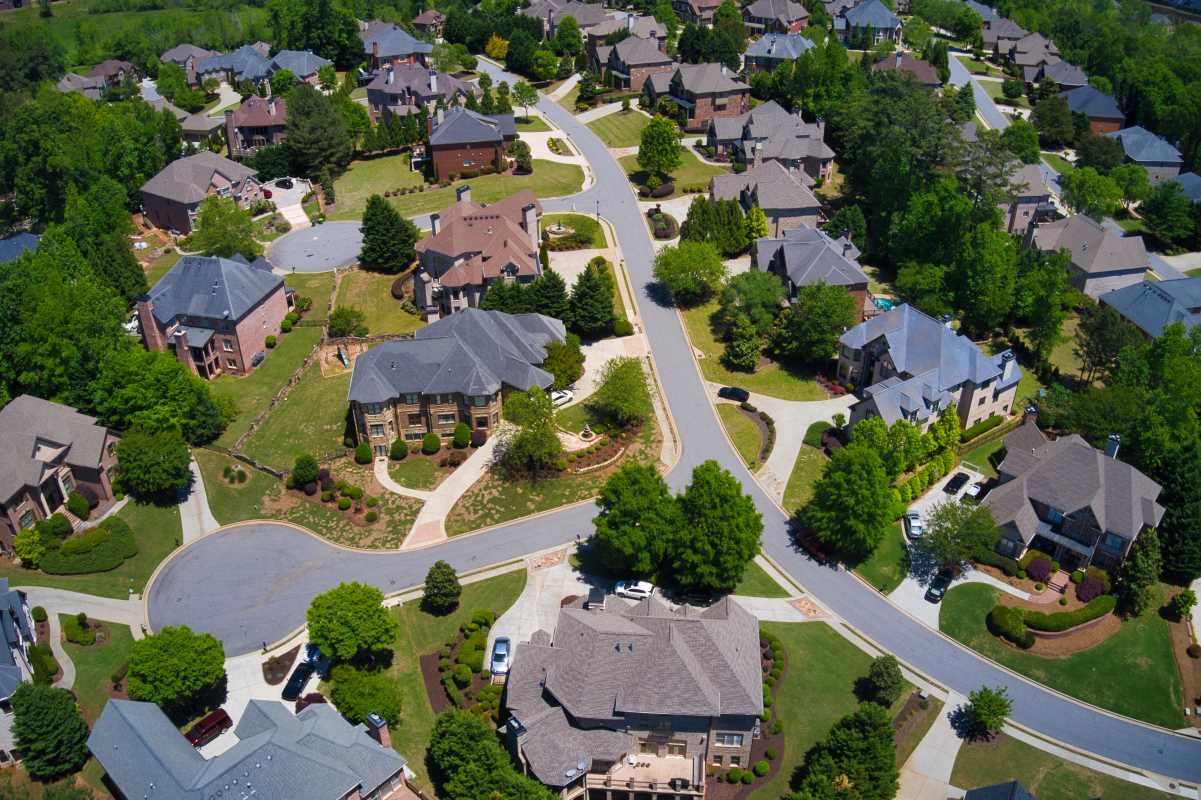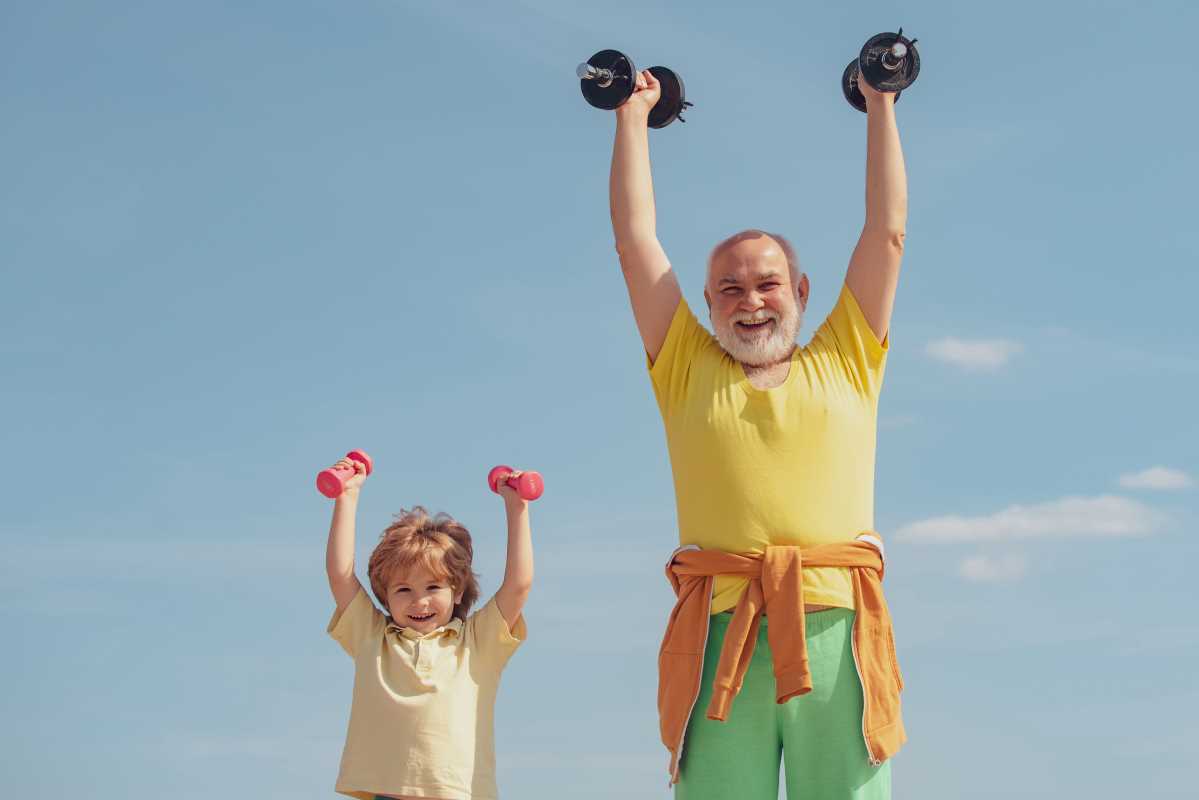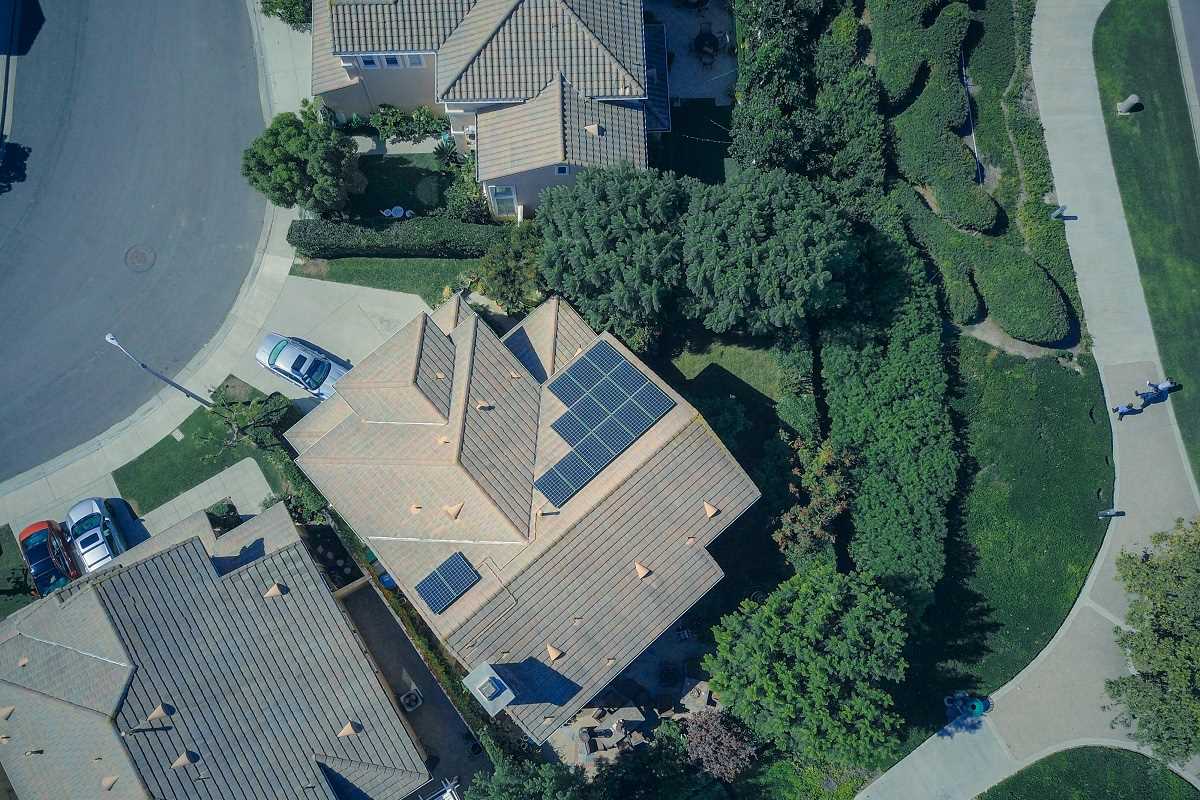Hosting a neighborhood disaster preparedness workshop brings people together to learn vital safety skills, exchange helpful information about their area, and build closer connections with neighbors. This guide walks you through each stage of planning and running an event, making every part enjoyable and welcoming. You will collect important details, recruit local leaders, design practical activities, and evaluate outcomes to improve future workshops. By working side by side, residents can develop greater confidence in facing emergencies and ensure everyone feels better equipped to respond when it matters most.
By taking practical steps—assessing risks, teaming with trusted groups, and promoting activities—you’ll raise awareness and confidence where you live. Ready to spark enthusiasm and encourage active participation? Let’s dive into a clear plan you can adapt for any neighborhood.
Assess Community Needs
Start by mapping your neighborhood’s unique challenges. Talk with neighbors, community leaders, and local responders to identify common concerns like flooding, severe storms, or power outages. Create a simple survey or set up informal chats at community centers to gather feedback on past incidents and gaps in readiness.
Next, analyze the data to spot patterns. If many homes lack backup power or residents have mobility issues, you can tailor workshop modules to address those needs. This targeted approach keeps sessions relevant and shows you value people’s time and experiences.
Build Partnerships and Secure Resources
Reach out to established organizations such as *American Red Cross*, local fire departments, or public works teams. These partners bring credibility and often provide free materials or trainers. Invite representatives to speak, supply emergency kits, or host a booth showcasing equipment like fire extinguishers and first aid supplies.
Don’t overlook grassroots groups. Local religious centers, schools, or small businesses might donate space, refreshments, or printing services. When partners see your clear vision and community impact, they’ll feel inspired to support logistics, promotion, or even volunteer roles.
Design Workshop Curriculum
Plan a balanced agenda that mixes instruction, demonstration, and hands-on practice. Cover core topics like evacuation planning, emergency communication, and securing household hazards. Tailor content for the most relevant local scenarios—whether that’s wildfires in hillside areas or winter storms in temperate zones.
Use concise materials and interactive activities to keep energy high. Encourage peer-to-peer sharing of tips and neighborhood-specific solutions. That way, participants leave with both general knowledge and actionable, location-based steps.
- First Aid Basics: Demonstrate CPR, wound care, and shock management.
- Family Communication Plans: Create a template for sharing contact lists and meeting spots.
- Property Checks: Walk through identifying fire hazards, securing loose items, and shutting off utilities.
- Emergency Kits: Show how to assemble kits with water, nonperishables, tools, and personal items.
- Drill Simulation: Run a timed evacuation drill using neighborhood streets or building exits.
Promote Your Workshop
Spread the word through varied channels to reach everyone in the area. Combine digital tactics with hands-on outreach to engage neighbors of all ages and backgrounds.
- Flyers and Posters: Design eye-catching flyers with clear dates, times, and benefits. Post them at coffee shops, libraries, and community boards.
- Social Media: Share event details in local Facebook groups and neighborhood apps. Encourage members to tag friends and RSVP.
- Door-to-Door Invitations: Use simple invitation cards and drop them in mailboxes. A personal touch builds rapport and shows you’re invested.
- Local Media: Send a brief press release to community newspapers or radio stations. Highlight real-world examples and expected outcomes.
- Word of Mouth: Ask local leaders and volunteers to mention the workshop at gatherings, place-of-worship events, or club meetings.
Execute the Workshop
Welcome everyone with a friendly opening that sets a collaborative tone. Introduce expert speakers and outline the schedule so attendees know what to expect. Use interactive polling or quick quizzes to gauge current knowledge levels.
Guide participants through each activity, offering clear instructions and positive feedback. Encourage neighbors to pair up, share personal stories, and practice drills together. Insert launch neighborhood watch groups for enhanced safety to help sustain engagement beyond a single event and strengthen community bonds.
Evaluate and Improve
Collect feedback through short surveys or group discussions at the workshop’s close. Ask what worked well, what could improve, and which topics people want to explore more deeply. Track attendance and participation rates for each segment to spot high-interest areas.
Review your notes and data within a week. Use insights to refine the curriculum, update materials, and adjust future scheduling. Sharing a summary with participants shows you value their input and motivates ongoing collaboration.
Regularly revisit your neighborhood plan. Host mini refresher sessions or rotating focus groups on new hazards. This ongoing cycle of action and feedback keeps everyone sharp, connected, and ready whenever challenges arise.
Follow these steps to host workshops that educate and unite neighbors. Each event builds confidence and promotes a community focused on safety.

.jpg)





